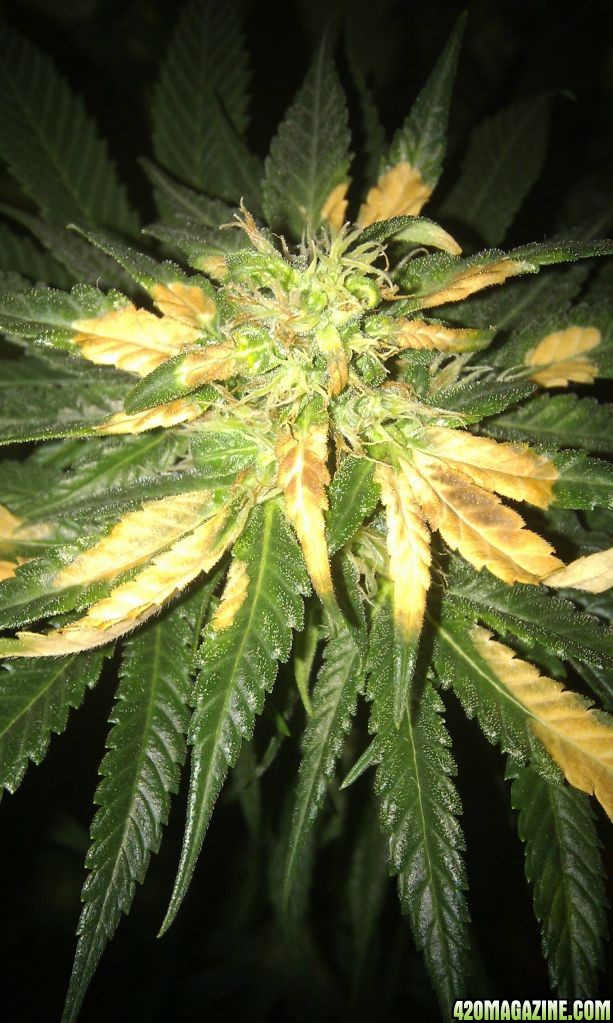Going from tried n true HPS to anything else is going to involve a learning curve, but for a counterintuitive reason; HPS spectrum is so mismatched to the plant's needs that it takes a fair amount of adjustment to get used to anything else!
For example, I've recently learned how important heat is to plants. They must have it to transpire and thus draw nutrients up with this water. HPS emits so much excess heat that most growing strategies are designed around mitigating its effects. When such heat removal strategies become unnecessary with different lighting, some confusion can result on the part of the grower.
Your grand opinion of how science and technology work is getting ridiculous. I just can't let mis information like this go.
We can use air cooled hoods to remove the "excess" heat from our awful HPS bulbs and have them run as cool as we want. My 315 open reflector is putting off the same heat at least and has to be blown away from the canopy and exhausted which is not as efficient in my little room.
Also the HPS bulbs many of us use have a much better spectrum than an old streetlight and grow fantastic plants. And although I have seen an improvement from the ceramic bulb I believe it is the Uv that is causing the potency and psychoactivity increase as there is only a little more blue light.
And the blue light in a Hortilux Super HPS has already been increased dramatically.
And your ceramic bulbs have a better spectrum, intensity and some Uv over your cobs so if the weed isn't better under them than your cold cobs you are doing something to affect the outcome. Or your room is not right.
Results are as such in our industry ty.
HPS last. Then enhanced HPS and metal halide. Cobs next haveing more terpenes on average and first for everything in lab tests is ceramic metal halide. Best spectrum and uv. And an average of 4% increase in thc.
You could grow better weed (if you are good enough for the light source to matter) with a good bluple and some t-5's.
I have not even seen a recommended horticultural light yet that has cobs. Only on weed forums. But I will concede that HPS started as streetlights too and advanced. And cobs may too.
And the other led is too. But they are going with specific wavelength bulbs in addition to full range "white" ones for the best spectrum for plant growth and it is adjustable for different stages.
And it took a few days of observation to get amazing results from my new LEC 315. I must have been confused because of the amazing change in growth. Lol.
And you should know. My Hortilux 600's grow a bigger better put together bud and with more penetration through the canopy for better developed buds all through. The ceramic as stand alone would hurt my results. It's weak for intensity. They are better for supplemental lighting. Or I need twice as many.
Sorry man. But you say you have 30 years of experience and are involved in the industry in one post and you don't know basic electronics or basic plant science in the next.
And none of your plant pics show a plant healthy enough for you to determine results of any kind.
I have been trying to be nice after another forum expert got upset with me. But he has no real results or actual knowledge either. You are the resident Cob expert on his website aren't you?
Some people have 20 years of experience doing what they love. And some people only really have 1 year of experience repeated 20 times.
That's what you forum experts are like. All of the info being argued is out there. Weed has not been an unknown cultivar for many years.
Maybe 20 more years will help?





